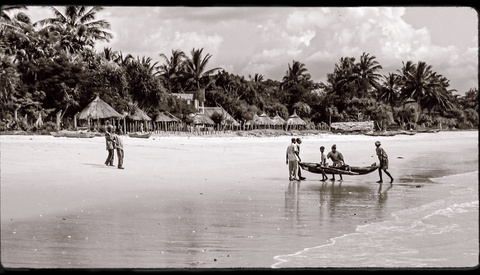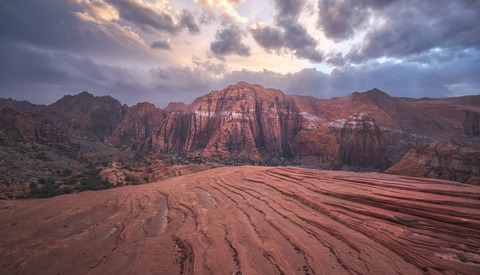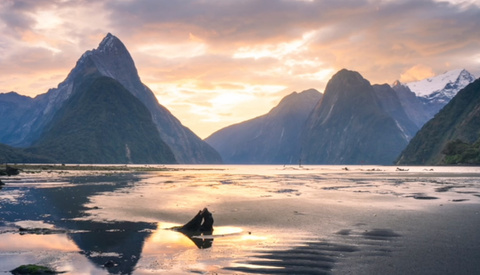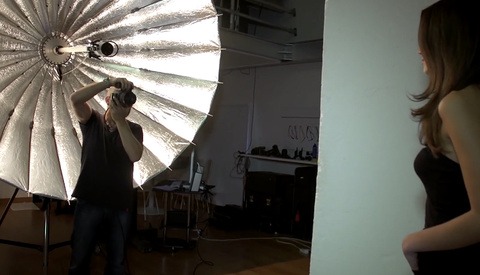The Secret That Makes You a Better Photographer
It is not difficult to get an okay shot as an advanced photographer. The problem is not seeing the things that would bring your photography even up to a world-class level. What if I would tell you that there exists a tiny subgenre in photography that makes not only most of the things you have to improve visible for you but also makes you a better photographer in all genres of photography?





























